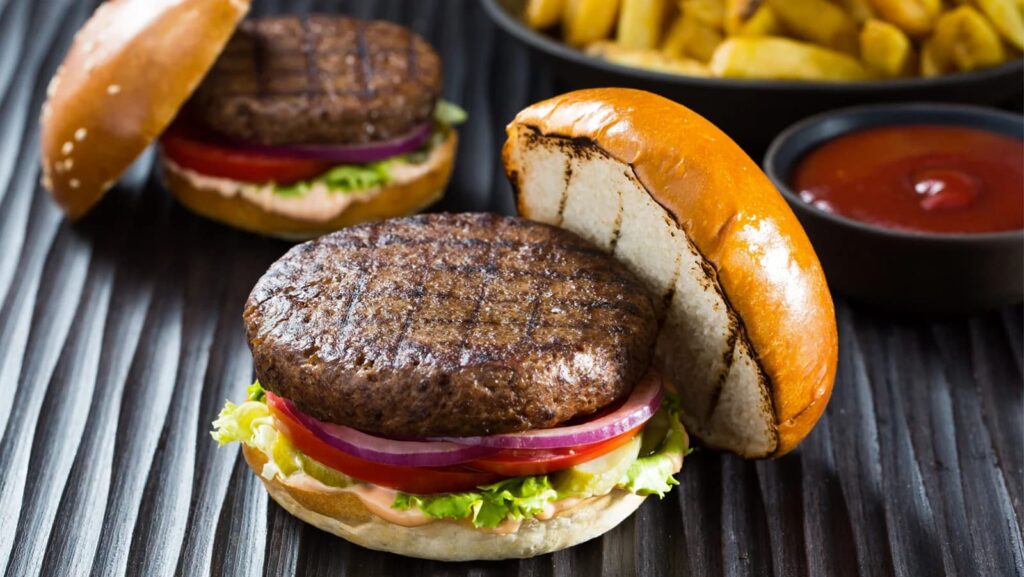The concept of 3D-printed food has transitioned from a futuristic idea to a practical reality, thanks to the pioneering efforts of several companies around the globe. These enterprises are not only redefining the boundaries of culinary arts but are also addressing critical issues like food sustainability and nutritional customization. This article dives into the landscape of 3D printed food companies, highlighting their contributions, technologies, and the potential impact on our eating habits and food production systems.
Innovators in the 3D Printed Food Sector
Several companies are at the forefront of the 3D food printing revolution, each bringing unique innovations and approaches to the table. Notable names include Redefine Meat, which focuses on plant-based meat alternatives, and Natural Machines with their Foodini printer, designed for both professional kitchens and consumers. Other significant players are BeeHex, known for its 3D-printed pizza, and NovaMeat, which specializes in 3D-printed steak and seafood alternatives.
Comparative Analysis of Leading Companies
| Company | Focus Area | Technology Used | Market Impact |
|---|---|---|---|
| Redefine Meat | Plant-based meat | Extrusion-based printing | High |
| Natural Machines | General cuisine | Multi-ingredient printing | Medium |
| BeeHex | Pizza | Robotic arm printing | Medium |
| NovaMeat | Steak and seafood | Micro-extrusion | Emerging |
This table showcases the diversity in focus areas and technologies adopted by leading companies in the 3D printed food industry, reflecting the versatility and potential of this innovative culinary approach.
Technologies Behind 3D Food Printing
The core technology behind 3D printed food involves digital models that guide printers to layer ingredients into three-dimensional objects. Companies utilize various techniques, including extrusion-based printing, where ingredients are pushed through a nozzle, and selective laser sintering (SLS), which uses lasers to fuse food powder into solid shapes. These technologies allow for intricate designs and textures previously unattainable through traditional cooking methods.
Applications and Impact
The applications of 3D-printed food are vast, ranging from personalized nutrition and gourmet cuisine to addressing food shortages and reducing waste. Companies in this space are not only creating novel dining experiences but also proposing solutions for more sustainable and efficient food production, capable of meeting the needs of a growing global population.
Challenges and Opportunities
While the sector is ripe with potential, it faces challenges such as high production costs, public acceptance, and regulatory hurdles. However, these obstacles also present opportunities for innovation, market development, and the eventual mainstream adoption of 3D-printed food.
The Future of Food
As 3D printing technology evolves and becomes more accessible, the role of these companies in our food system is set to expand. This could lead to a future where food is not only more sustainable and customizable but also where the global food supply chain is radically transformed.
Key Benefits of 3D Printed Food
Customization at Scale:
- Personalized nutrition profiles can be catered to individual dietary requirements;
- Aesthetic customization allows for unique presentations suited to different occasions and settings.
Sustainability and Ethics:
- Reduced food waste through precise ingredient usage and efficient production methods;
- Potential for sourcing alternative, sustainable ingredients like plant-based proteins or lab-grown meats.
Efficiency and Accessibility:
- Streamlined supply chains with reduced logistics and storage needs;
- Increased food accessibility in remote or disaster-struck regions through portable and adaptable printing technologies.
Innovation in Cuisine:
- New textures, flavors, and food combinations, expanding the culinary horizon;
- Exploration of traditional dishes with a modern twist, enhancing cultural appreciation through food.
Educational Opportunities:
- Engaging and interactive experiences in educational settings, promoting awareness of nutrition, technology, and sustainability;
- Potential for collaboration with schools, culinary institutes, and community programs to foster a new generation of food enthusiasts and professionals.
Video Guide
To answer all your questions, we have prepared a video for you. Enjoy watching it!
Conclusion
3D printed food companies are at the vanguard of a culinary revolution, offering exciting possibilities for innovation, sustainability, and customization in food production. As they overcome current challenges, their potential to impact our diets, health, and the environment is immense. The journey of these companies is just beginning, but their influence on the future of food is undeniable.
